The lens is one of the most important parts of a camera. We find them in binoculars, the microscope and the telescope. Important units of lenses are the angle of view and the focal length. Depending on the constellation of these two values, different purposes are suitable for photography. A distinction is made between normal lenses, telephoto, wide-angle, fisheye and zoom.
The telephoto lens is often used by sports photographers, for example. It has rather long focal lengths. The fisheye lens is characterised by a particularly short focal length. Artists like to use it to achieve special effects. However, it is also found on surveillance cameras.
The accessories that are available for lenses serve various purposes. Some items have to be purchased separately, such as a converter. Other parts are often already included in the scope of delivery, such as lens hoods.
When changing lenses, problems often arise. If you have several cameras with several lenses, sooner or later you will also be confronted with the fact that these cannot be changed arbitrarily from camera A to camera B. This is where an adapter comes in. This is where an adapter can help.
Photographers often look directly for the right adapter for their device. There are sets with several different pieces. These are especially recommended for those who own several cameras.
Blinds are also known as lens hoods, sunshades and lens hoods and are adapted to the respective lens. This type of hood protects the image from light sources coming in from the side. Without it, there can be overlays that affect the quality of the image. Rings and columns of light are visible in the image and the actual subject falls into the background and loses intensity.
The length of the lens hood varies greatly. It depends primarily on how large the angle of view of a lens is. The rule is: the smaller the angle of view, the longer the lens hood. The shapes of the tubes also vary. They can be round, square or tulip-shaped. The tulip shape is particularly suitable for wide-angle lenses. Integrated lens hoods are permanently attached to the lens and cannot be removed.
The hood, however, only protects against light coming in from the side. If the light comes from the front, as it does when photographing a sunset, it has no chance. A positive side effect of the aperture is that it protects the lens from shocks. It buffers light impacts effortlessly.
The teleconverter is used to increase the focal length of the lens. This means that it enlarges the image without having to vary the distance between the camera and the subject being photographed. The converter is attached between the camera and the lens.
Depending on the model, the teleconverter doubles or triples the focal length of the lens. With a 42mm lens, a double converter causes the focal length to increase to 84mm. With zoom lenses, the upper and lower limits are each doubled.
However, the speed deteriorates by the same value. If a camera has a focal length of 200mm and a light intensity of 1:8, the focal length with a double converter turns into 400mm and the light intensity into 1:16. This darkens the image enormously. From a focal value of 300mm, the teleconverter is no longer recommended, as the image quality deteriorates too much at longer focal lengths.
The lenses and their extensive range of accessories allow photographers maximum creativity and freedom in creating their images. If you like to experiment and are interested in the subject of photography, it is best to try the various options yourself. Because that is still the most fun.
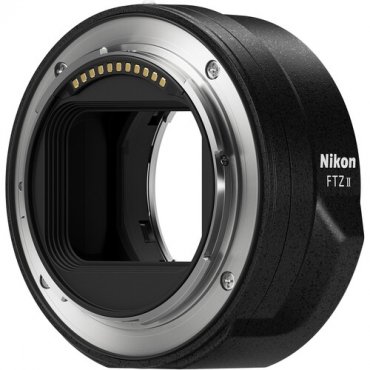

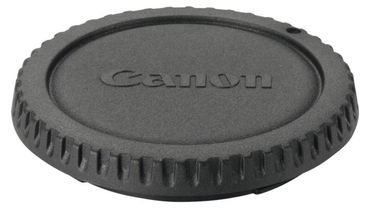
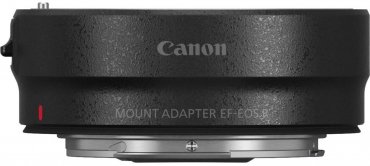

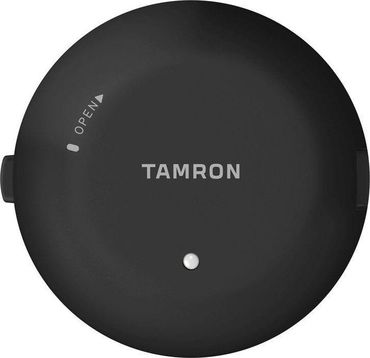
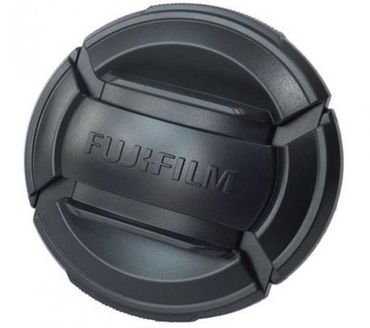
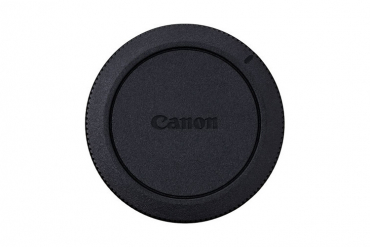
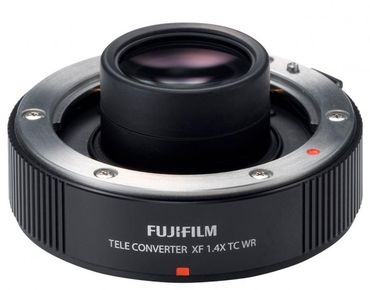
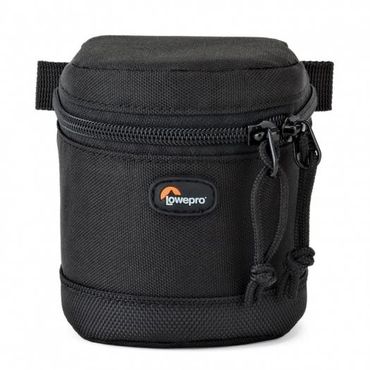
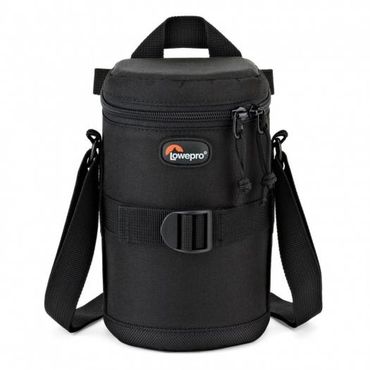
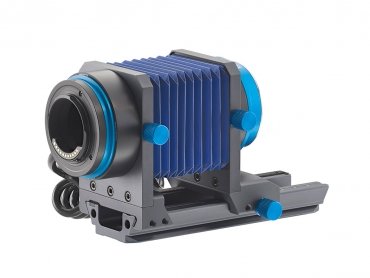
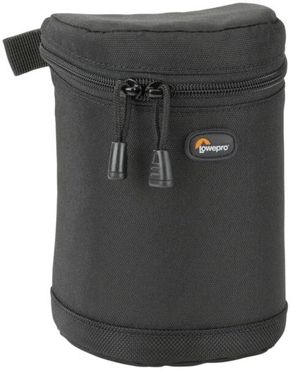
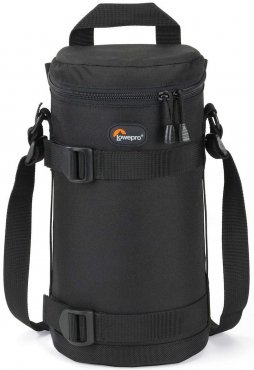
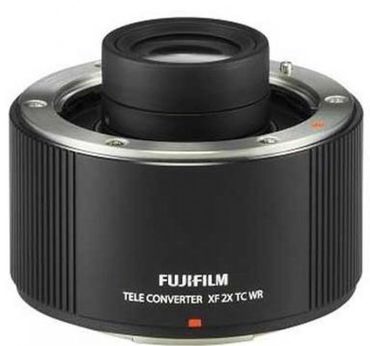
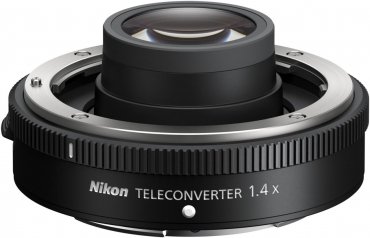
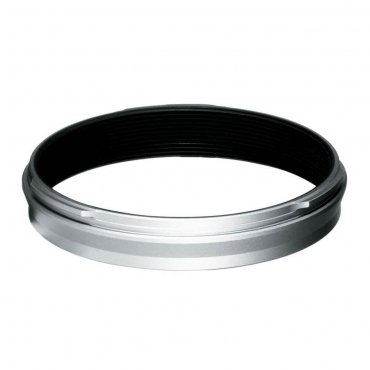

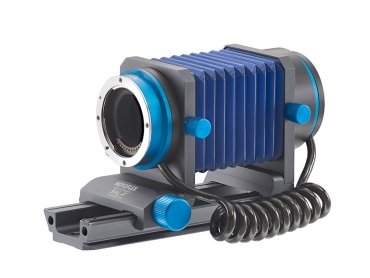
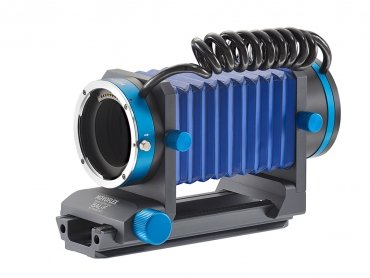
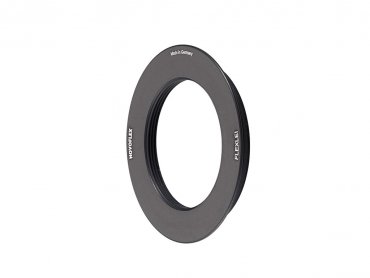
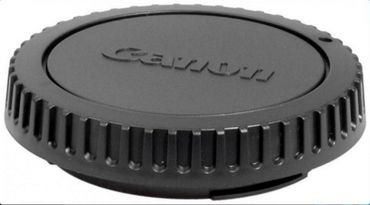
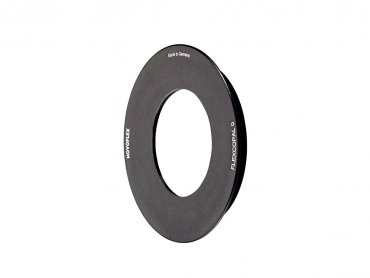
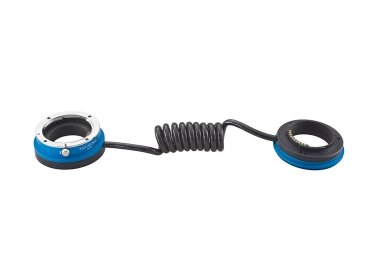
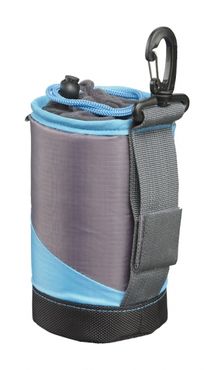

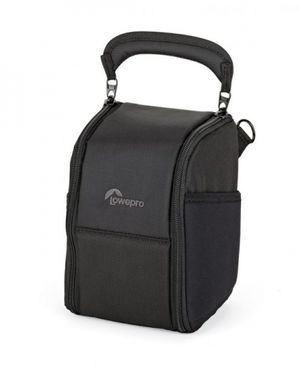
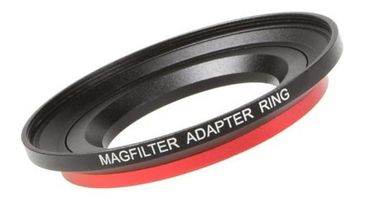
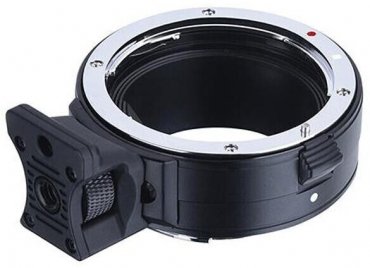
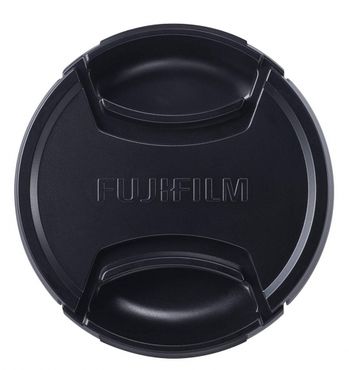
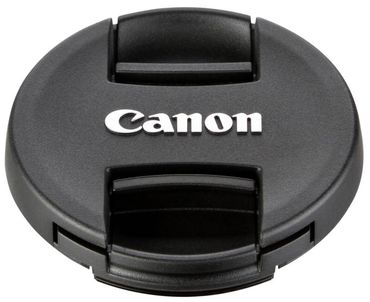
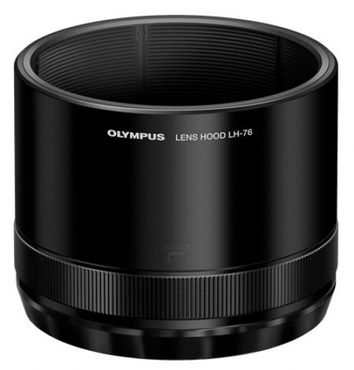
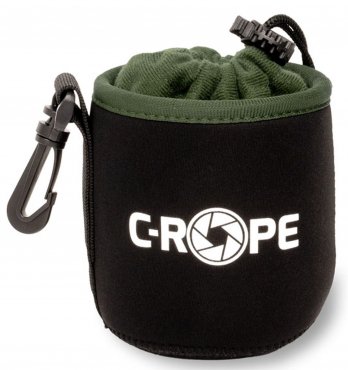

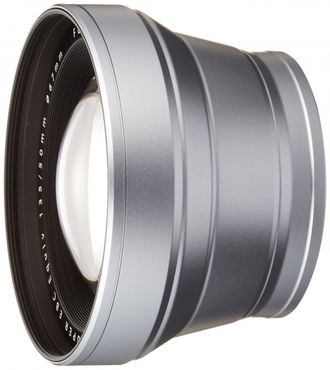

Simply subscribe and benefit as a newsletter recipient every week: